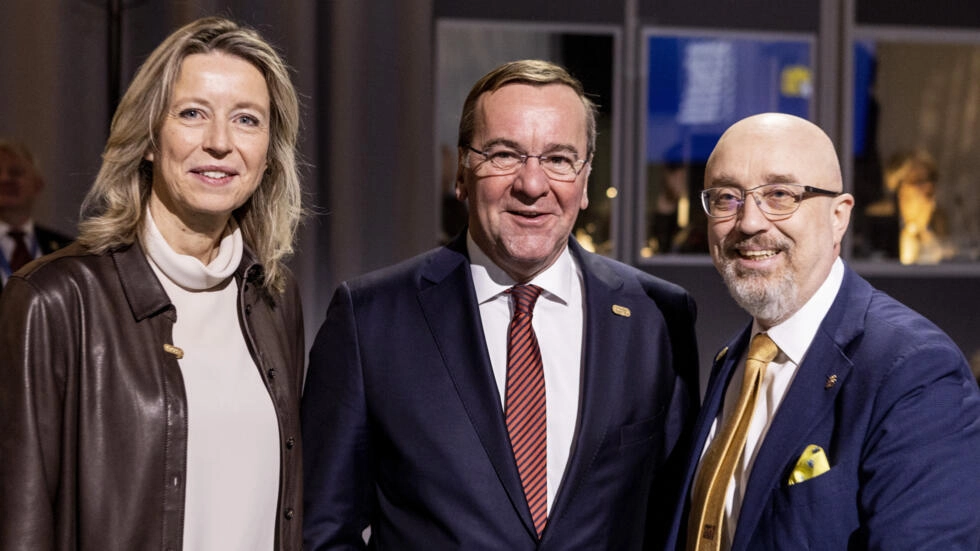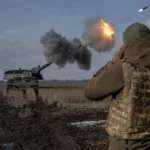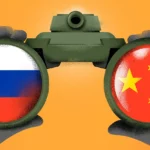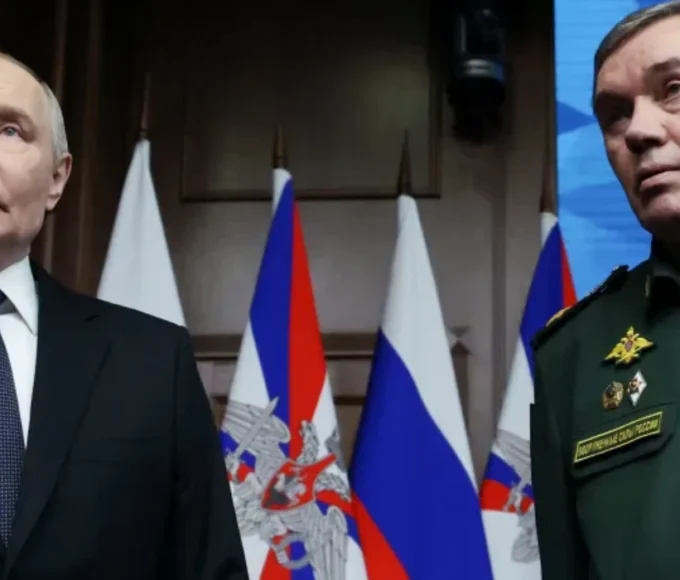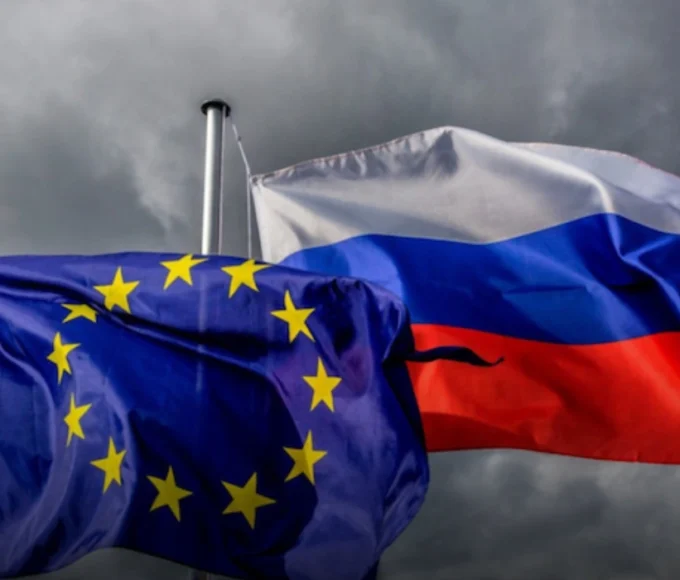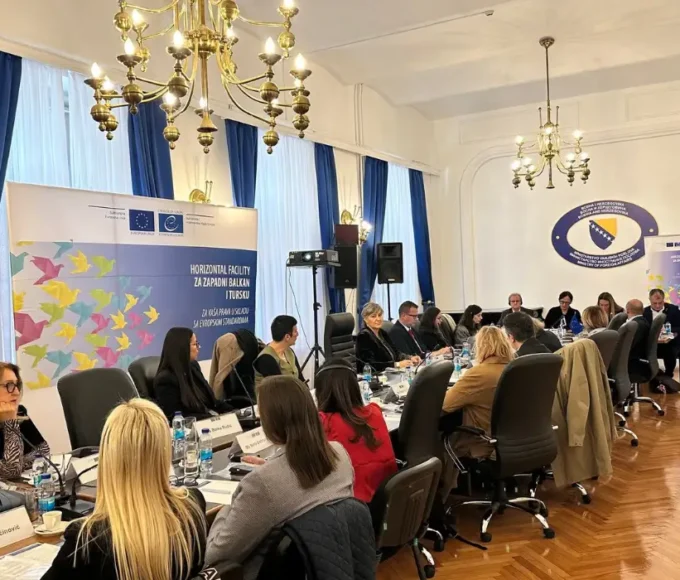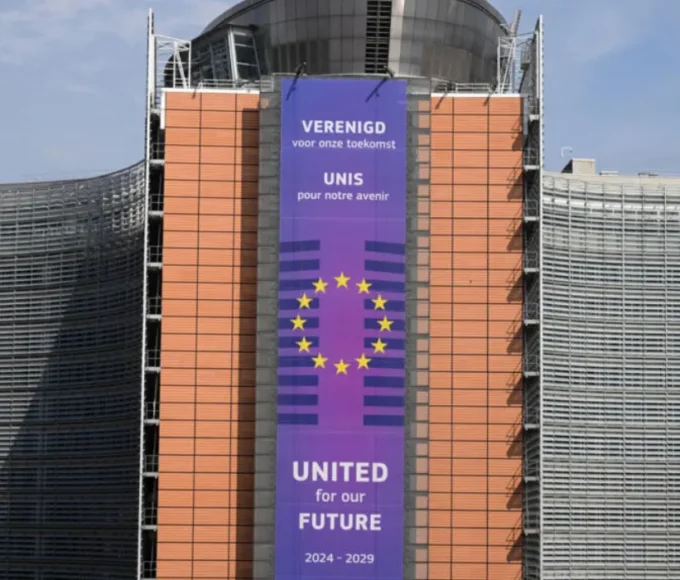“Activate war economy mode”: European Union defense ministers refine on Wednesday a plan for the delivery of shells and ammunition to Ukraine, despite stocks under pressure, with a first emergency component to one billion euros.
The Ukrainian army, which fires thousands every day to repel the Russian invader, is facing a critical shortage of 155mm shells for its guns, Kiev and its Western supporters have warned in recent weeks.
Ministers, meeting in Stockholm on Wednesday in the presence of NATO Secretary General Jens Stoltenberg and their Ukrainian counterpart Oleksiï Reznikov, must work on a three-pronged plan.
“Our number one priority is air defense systems, as well as ammunition, ammunition, and more ammunition,” the Kyiv representative told reporters upon his arrival.
The objective is to move forward for adoption on March 20 at a meeting of the heads of European diplomacy, while the Ukrainian army is threatened with encirclement on the hot spot of Bakhmut, in the east of the country.
Based on large joint purchases to reassure manufacturers about the continuity of orders, the project aims both to meet the immediate needs of Kiev and to boost the capacities of the European defense industry in the longer term.
The first part, designed by EU diplomats, aims to use a billion euros drawn from the European Peace Facility (EFF), in order to deliver shells in stocks in the armies of the States within a few weeks. members.
Ukraine’s European allies have already drawn heavily on their military stocks, with support amounting to 12 billion euros, including 3.6 billion from the FEP.
High Intensity
According to European officials, there are still enough 155mm shells in storage not to put EU countries at risk. But the ministers of defense must take stock of the situation.
“I don’t know what the level of stocks is, that’s why we are here together”, eluded the head of European diplomacy Josep Borell, on this highly sensitive subject.
The plan on the table Wednesday also includes joint orders for the armies of the EU and Ukraine, aimed at incentivizing shell makers to increase their capabilities.
Ukraine, supported by countries like Estonia, wants more.
“It’s not enough because we need a million shells, so about four billion euros,” pleaded Mr. Reznikov. “We need more!”.
The EU also wants to avoid seeing its plan hampered by bureaucracy.
One of the questions remains whether the orders should be placed by the European Union’s defense agency, or by member states with more experience of this type of contract.
Another point of disagreement: the hypothesis of buying shells outside Europe, a way of going faster according to some but without supporting the European military-industrial complex, others worry.
“If there are possible deliveries from other countries, I don’t think we should rule that out,” Swedish Minister Pål Jonson said. “I believe that the priority must be to help Ukraine and find ways to achieve this.”
On the other hand, the consensus reigns within the 27 on the fact that after the many years of post-Cold War military disinvestment and so-called asymmetrical conflicts, it is necessary to prepare again for conflicts between great powers.
“We are at a decisive moment in our support for Ukraine, and it is absolutely imperative that we move towards a form of + war economy + mode”, insisted the European Commissioner for the Internal Market, Thierry Breton.
In addition to joint orders, the commissioner must in particular plead with ministers on the need to release more funds for industrial capacities and favorable loans.
“We must clearly be sure that we can drastically increase our capacity to produce more in Europe,” pleaded the former French minister.
This article is originally published on france24.com


